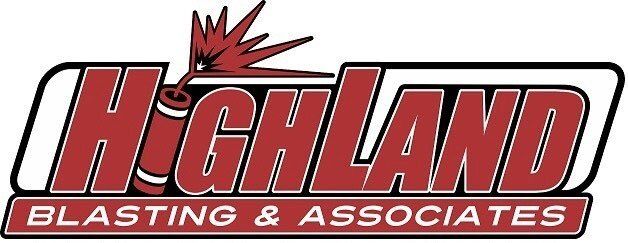Drilling Services
BLASTING SERVICES
- Trench blasting
- Borrow pit blasting
- Bench blasting
- Foundation blasting
- Platform blasting
Highland Blasting & Associates can handle all your blasting needs.
ATF Licensed Dealer & Storage
- Licensed ATF Dealer
- Top of the market products
- 2 USDOT licensed trucks
- ATF approved storage in Fentress County, Tennessee
- ATF approved explosive dealer





